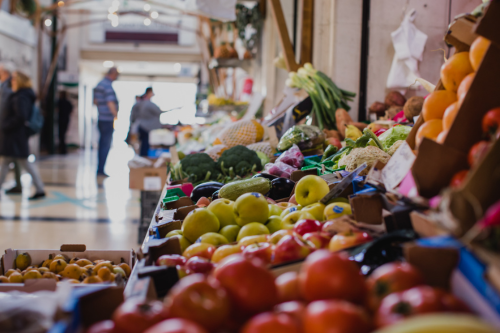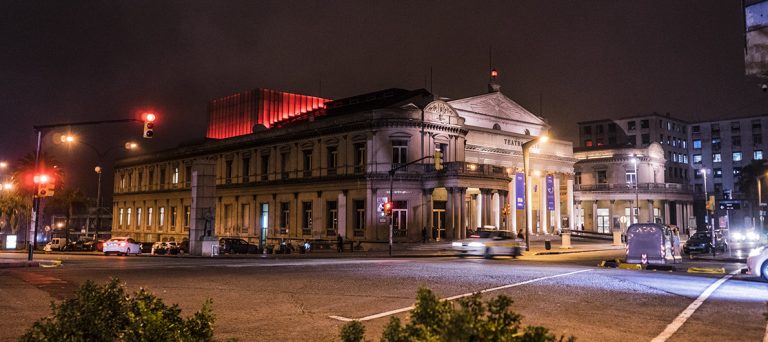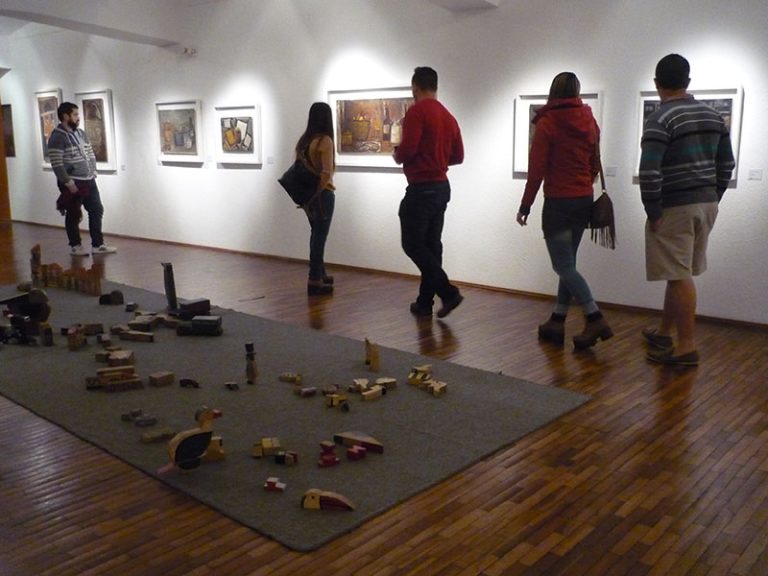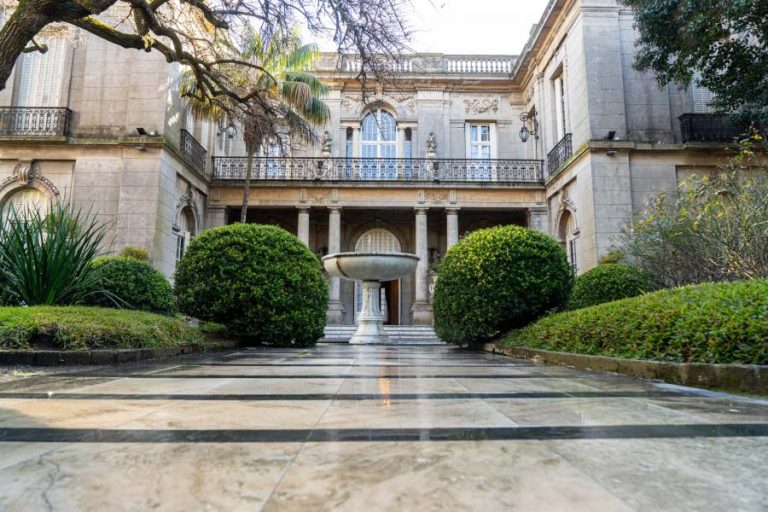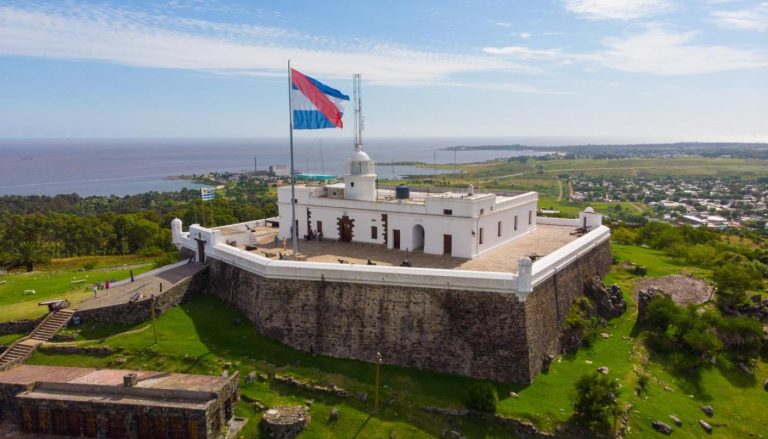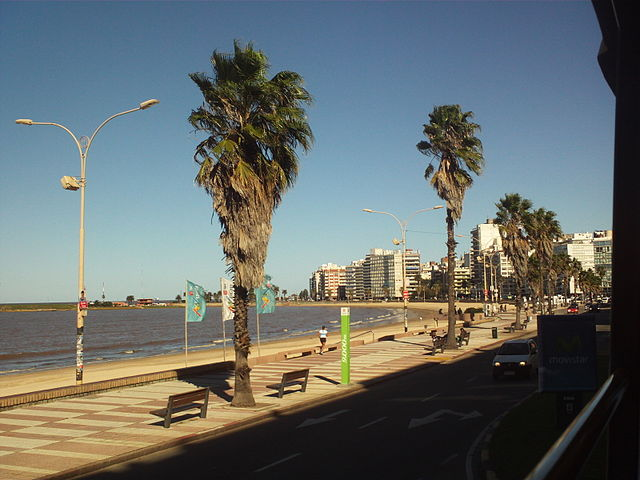Montevideo: The Capital of Uruguay
Montevideo is the capital, main port, and most populous city of Uruguay with a whopping 1.3 million inhabitants. Despite this, Montevideo is not a chaotic city; in fact, it is the most livable city in South America.
The city is home to many people of Spanish and Italian origin; however, the architectural style and buildings reflect diverse traditions. The colonial structures dating back to the 18th and 19th centuries that characterize the city are indeed attributed to the presence of Portuguese and English settlers. The former founded Montevideo, while the latter colonized it.
But what are the main attractions of this city?
Montevideo offers several must-see attractions, among which stands out the Mercado del Puerto, a famous and picturesque market located in the historic center of Montevideo. Its outer square is full of restaurants with outdoor seating and craft stalls, while inside there are more restaurants and shops. When visiting the market, it’s impossible to resist tasting fresh fish and the delicious “asado,” a traditional way of grilling meat over fire, common in many South American countries.
In addition to being a great place to buy souvenirs and sample typical cuisine, the market holds 130 years of Uruguayan history.
Mercado del Puerto
Mercado del Puerto
However, to delve deep into Montevideo’s history and travel back in time, it is essential to visit the “Ciudad Vieja,” which stretches exactly from the Mercado del Puerto to the Puerta del Sol and is characterized by cobblestone streets, artisan shops, and ancient lampposts from the last century.
Ciudad Vieja attracts visitors for its history, cultural museums, and grand historical landmarks, including the neoclassical Metropolitan Cathedral overlooking the picturesque Plaza Matriz. The Cathedral represents the most important religious building in the city. For lovers of historic cafes, not far from the square is Café Brasilero, one of the oldest cafes in the city, which still preserves its original decor. Nearby is also the Solis Theatre, considered one of the most beautiful in the world. Inaugurated in 1856, it features a majestic marble facade and finely decorated interiors. Every year, it hosts performances and concerts that attract audiences even from neighboring Argentina.
CathedralMontevideo
Teatro Salis
Also located in the Old City is Palacio Taranco, a beautiful palace erected in the early 20th century, once the residence of the Ortiz de Taranco family. Characterized by a particular architectural style, it now houses original furnishings and the Museum of Decorative Arts, unique of its kind.
A visit to the Torres Garcia Museum is also a must, considered the most popular museum in Montevideo for the importance of the works exhibited, belonging to the era of contemporary art and cubism. It houses unusual portraits of historical icons and paintings akin to Picasso’s created by Joacuin Torres Garcia. The building itself also holds significant architectural value and houses a theater and a very popular bookstore.
Plaza Independencia, on the other hand, is the main square of Montevideo and marks the border with Ciudad Vieja and Ciudad Nueva. At its center today stands the Monument to Artigas and a mausoleum where Artigas’ remains are kept. To the west of the square lies the Gateway to the Citadel, while on the other side is the glass facade of the Citadel building, and facing the south sidewalk are the Torre Ejecutiva, the Palacio Estevez, and the Palacio Salvo.
Museo Torres Garcia
PlazaIndependencia
Artes Decorativas
If you want to explore Montevideo thoroughly, you can also visit some of the most well-known neighborhoods. Cerrito de la Victoria, located in the north-center of Montevideo and once used by the military to defend and control the city, is located on a hill from which you can enjoy a beautiful panorama. Here you can also visit the National Sanctuary, one of the largest Catholic churches in Uruguay.
Fortaleza del Cerro, on the other hand, features a fortress built on the eponymous hill at a height of 134 meters, dominating the city and the bay of Montevideo. This was the last Spanish fortress built in Uruguay, and after 1888, it lost its military function but remains an important historical building. The neighborhood is located on the opposite bay to that of the old city and is reachable by bus.
Fortaleza del Cerro
Pocitos is one of the oldest neighborhoods in Montevideo, despite most of its buildings being modern. The name dates back to the period when women went to the river to wash clothes in small holes made in the ground. Pocitos is located along the banks of the Rio de la Plata and is renowned for its beach, Playa Pocitos, and the Rambla that delimits it. In addition to enjoying one of the most beautiful views of the Rio de la Plata, there are also several beaches, parks, and wide tree-lined avenues. Pocitos is located in the eastern part of the city, opposite the old town, and can be reached by bus in about 50 minutes, alternatively, you can arrive by taxi in about 15 minutes.
For sports enthusiasts or those who enjoy long walks, it is obligatory to walk along the beautiful Montevideo coastal road called Rambla. Stretching 22 km, the promenade runs along the Rio de la Plata and continues along the entire coast, in fact, it is also the road to take to reach the beaches. The waterfront connects the city center to the resorts of Punta Carretas, Pocitos, Buceo, and Carrasco. Walking along the Rambla towards Cavia Street, you reach the oldest part of the neighborhood where there are beautiful houses, as well as several buildings of architectural interest, including Casa Darnaud, headquarters of the Russian embassy, and Casa Towers, headquarters of the Italian Embassy. A number of other buildings in the area were declared National Heritage in 1986, including Casa Felipe Yriat, Casa Casabó, and Casa Williams.
Playa Pocitos
Museo Juan Manuel Blanes
El Prado, finally, is a residential neighborhood of Montevideo featuring beautiful historic houses and well-kept tree-lined streets. The area includes the former presidential residence, the main park of Montevideo, the Juan Manuel Blanes Museum, and three football stadiums. Parque del Prado is a quiet place for Montevideo residents, covering 41 hectares, it houses a rose garden, a botanical garden, fountains, and monuments. The botanical garden contains over 1,000 species of plants and is the only one of its kind in Uruguay. The rose garden includes roses imported from France and was designed by the French landscape architect Charles Recine. The Juan Manuel Blanes Museum is also called the Museum of Fine Arts and celebrates the famous Uruguayan painter. The museum park also includes a beautiful Japanese garden. For sports enthusiasts, the city is also home to three stadiums where Bella Vista Athletic Club (Parque José Nasazzi), River Plate Athletic Club (Parque Federico Saroldi), and Montevideo Wanderers (Parque Alfredo V. Viera) play.
Mate
Finally, if you visit the capital of Uruguay, you cannot abstain from tasting the famous Mate, a South American infusion prepared with mate leaves and featuring a traditional bitter flavor. For Uruguayans, mate is much more than a beverage; it’s more of a philosophy of life, a ritual that seems to stop time during which friends share their lives.
Don’t miss out on further news, updates, and information about port calls on Cruising Journal with photos, videos, and discounted cruises.

